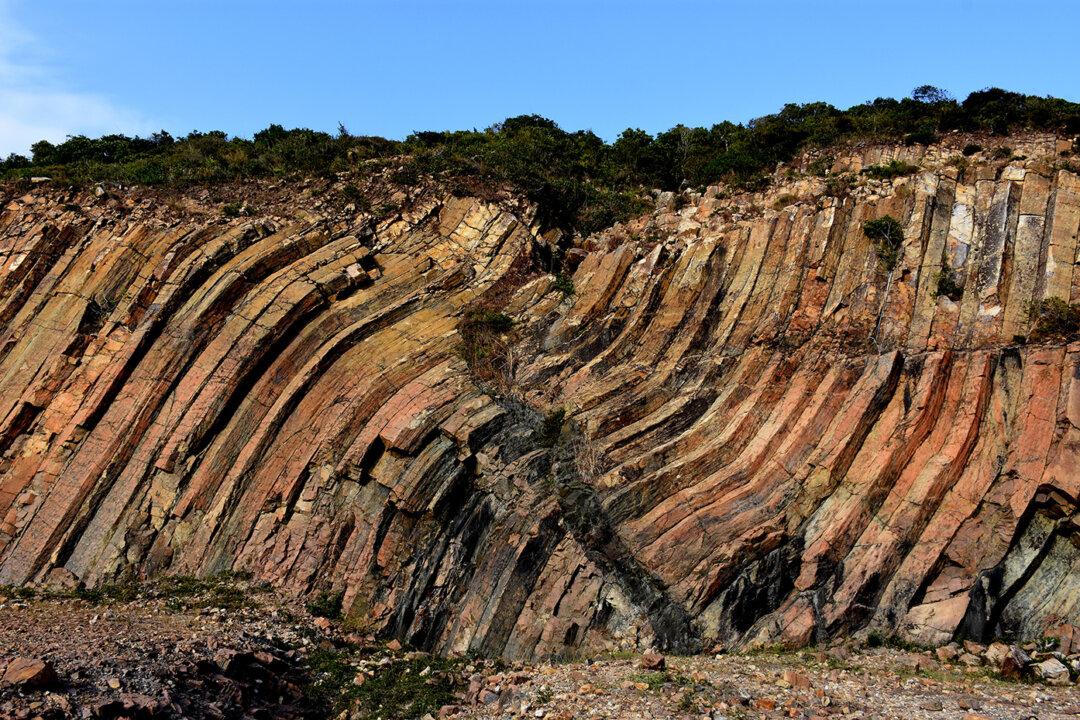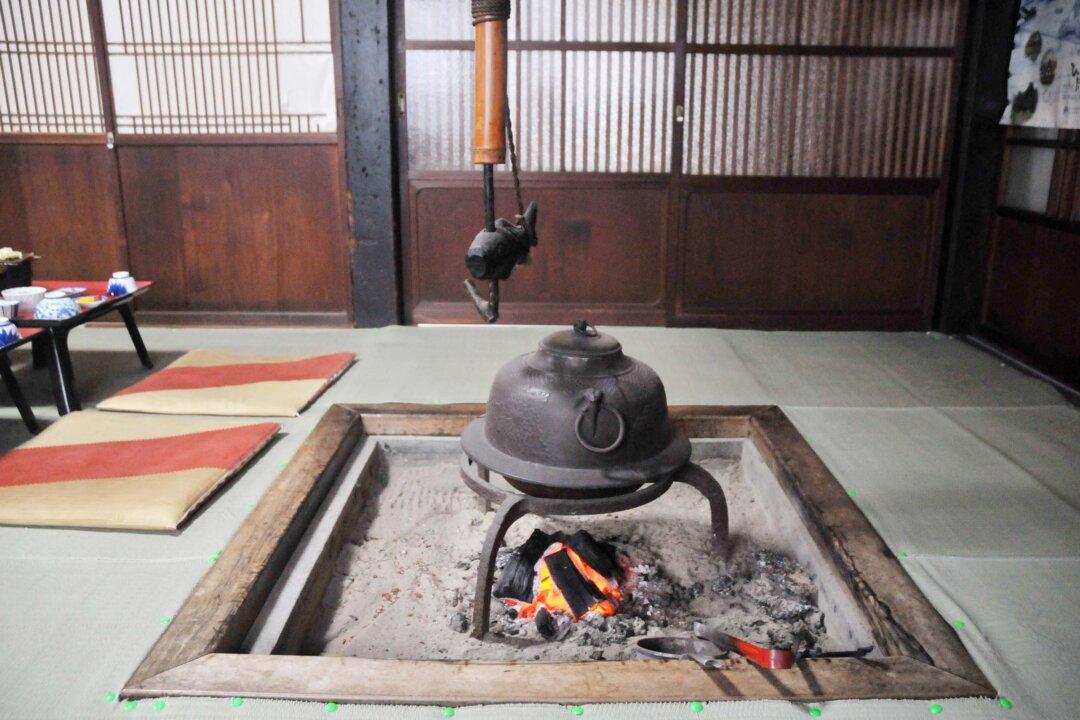The first thing that comes to the mind of a person travelling to Hong Kong would probably be the Peak, Ngong Ping 360, the Ocean Park, or even the Hong Kong Disneyland. But a geological park, and a global one at that? The mere thought that there used to be a supervolcano over 20 kilometres in diameter spreading out from High Island to Tai Long Wan in the north and the Ninepin Group in the south about 140 million years ago is unimaginable. But it is true that during the early Cretaceous Period, the Eastern part of China, including Hong Kong, underwent vigorous volcanic activities. The multiple violent explosions of the ancient supervolcano caused the magma chamber to be emptied, forming a caldera.
Sharp Island, being located on the margin of the caldera, showcases typical igneous rocks such as volcanic breccia, rhyolite, quartz monzonite (commonly known as the “pineapple bun” of the wild), the volcanic rocks on the High Island are a spectacular geological heritage – the hexagonal rock columns. The discovery of the rock column formation was brought about by the construction of two dams that linked the Rocky Harbour and the Sai Kung peninsular between 1971 and 1978 to ease the water supply shortage problem due to the rapid expansion of the Hong Kong population from the 50s to the 70s.




